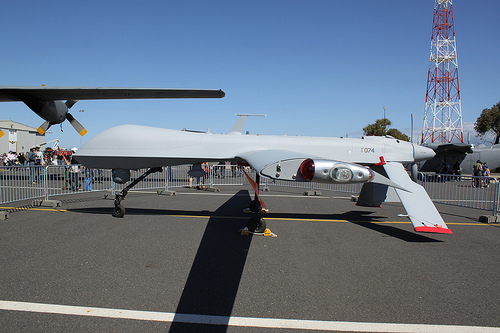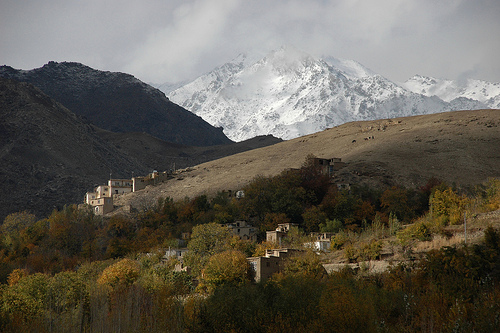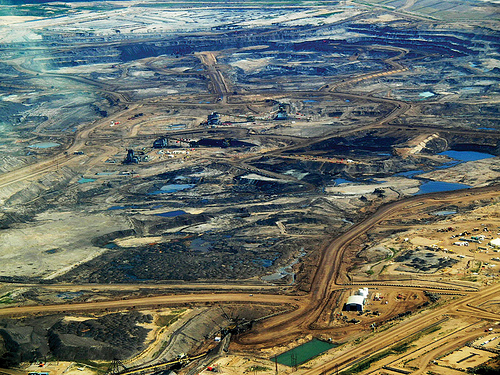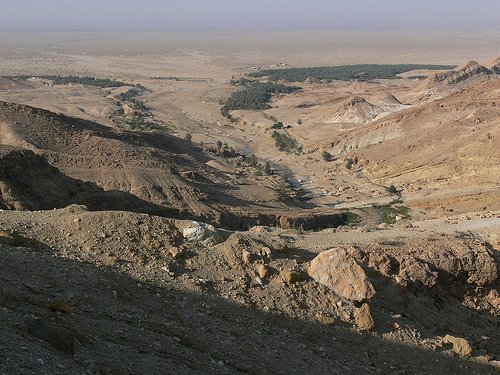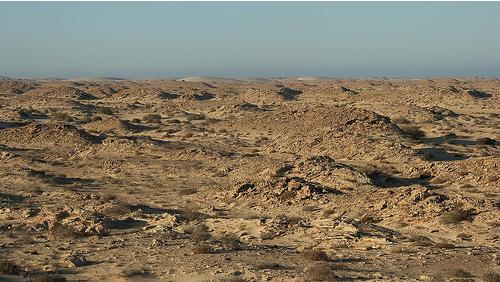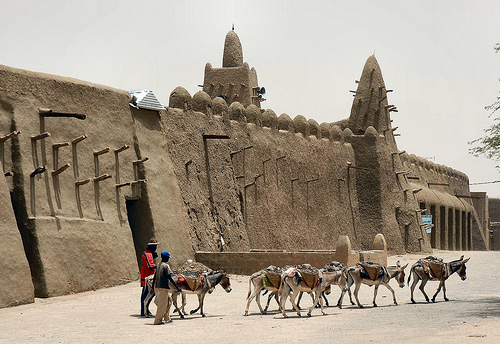
A fire provides lighting in a bombed-out apartment building in Aleppo, Syria, December 26, 2012. Photo credit: Freedom House (via Flickr, Creative Commons license).
Syria’s diverse coalition of rebels is gradually closing in on Damascus. The experience in Aleppo, the country’s largest city, suggests that the rebels may face a drawn-out fight for the capital city. Government loyalists in Aleppo continue to control parts of the urban area. This week, the Israeli government is charging that the Assad government has “repeatedly” used chemical weapons over the last month. Sadly, intelligence gathering in Syria is very poor right now, arguably a casualty of austerity cuts in the West.

The photo shows part of a poor district in the city of Aden, Yemen. An estimated 20,000 refugees inhabit this district of 50,000 people. Photo credit: European Union (via Flickr, Creative Commons license).
Yemen faces many challenges, including dwindling oil and water supplies, trans-national terrorist activity, and a surging secessionist movement in the South. Twenty-three years after the northern and southern regions were united, at the end of the Cold War, southerners remain unsure about the wisdom of the unification. As the photo suggests, Yemen is also located near the volatile Horn of Africa region.
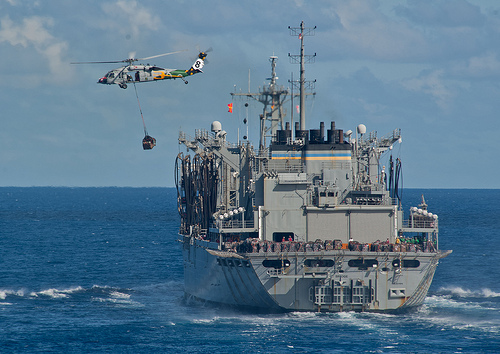
Pictured are a United States Navy supply ship and helicopter in the tense South China Sea region. Photo credit: U.S. Navy (via Flickr, Creative Commons license).
Even while world attention has been focused on North Korea’s provocative bluster, the maritime disputes in East and Southeast Asia still simmer. The multi-state dispute over small islands in the South China Seas is very much ongoing. China has recently announced plans to send tourists to the Paracel Islands, which are disputed with Vietnam, but administered by Beijing. This area borders the larger Spratly Islands zone, parts of which are claimed by Brunei, China, Malaysia, the Philippines, Taiwan, and Vietnam.


